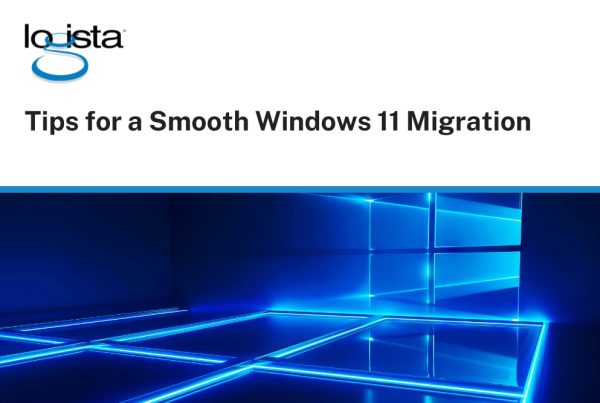In recent years, K-12 education technology spending has steadily increased. Even as districts began to tighten budgets and proposed federal funding levels took a hit, there has been a commitment to putting more technology in the classroom.
Along with an uptick in overall technology spending, there have been funding increases for teacher training and tech support. While it’s always welcome seeing more money funneled toward students, especially when it comes to technology, has this come at a cost to other critical technology spending?

Issues Surrounding Technology Budgets
When it comes to technology budgets there is a long list of issues that arise and are heatedly debated when evaluating spending, including:
- Where the money is spent, i.e., what portion directly benefits the classroom
- How do you split and allocate operational spending and classroom spending – laptops, educational software, etc.
- Pressure from public audits uncovering mismanagement
- Funds allocated to the maintenance of legacy systems and expensive licenses
- Wasted indirect costs due to a lack of IT policy and enforcement

Priorities in Education Technology Spending
When it comes to evaluating a district’s technology needs, the top five priorities for K-12 education technology spending are:
- Digital content and curriculum
- Professional development to integrate tech into the classroom
- Mobility
- Personalized learning
- Networking and infrastructure
One specific technology solution that touches these categories and should is a VoIP phone system. VoIP and Unified Communications should be made a priority because communication is at the heart of educational institutions. Today, given the focus on safety and mobility, any school district still operating on legacy technology must put money toward an upgrade at the top of their IT budget.
Technology Challenges in K-12 Education
Challenges that schools face today, and that are hindered by legacy technology, include:
- Safety – Integration with emergency notification, paging capabilities, the ability to make mass calls, and the need for integrated mobility to enable flexible, fast response across campus.
- Overwhelming Calls – The need to automate and route calls without depending on limited staff.
- Antiquated Options – Tied to a desk without mobility functionality. Schools face a need for more functionality options.
- Limited Communications Options with Parents – Schools need a better way to return parents’ calls by integrating mobility and BYOD.
- Steep Learning Curve – Understanding legacy systems is dependent on knowledge of outdated information and jargon. Supporting legacy technology is also not easy, or cheap. There needs to be ease of use so users can learn quickly.
- Integration with Existing In-School Systems – Updated technology needs to work alongside existing everyday facility technology like bells, intercoms, databases, etc.
Of course, you can’t address replacement without considering budget restraints. When upgrading, you still need all the functionality of previous and systems, even with a limited budget. The key is to find a system that meets all the above challenges along with the unique challenges of your district, and is affordable while leaving enough budget to still adequately support in-classroom ed-tech spending.
About Logista Solutions
Logista Solutions is a nationally recognized leader in a broad range of technology management solutions. As one of the largest technology support providers in the U.S., Logista provides innovative and holistic solutions to help companies take control of their IT infrastructure and achieve better business outcomes. Popular services include Managed IT as a Service, VoIP and Unified Communications, Managed Print, Cloud Services and Asset Disposition.



